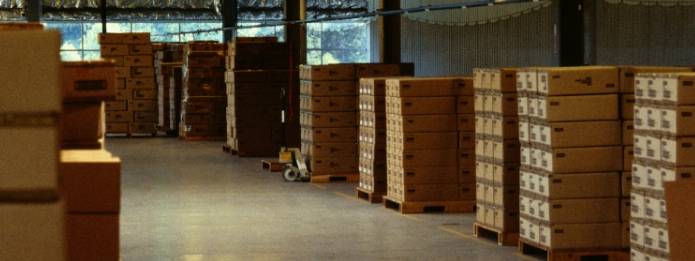 Rodents can be very destructive; they will cause damage to your property, contaminate your food and spread diseases. Rats breed continuously with a reproduction cycle of 3 weeks and this is why an infestation can happen quickly. With this frequent reproductive cycle, warehouse operators would ensure they do everything to keep these gnawing rodents out of their warehouses.
Rodents can be very destructive; they will cause damage to your property, contaminate your food and spread diseases. Rats breed continuously with a reproduction cycle of 3 weeks and this is why an infestation can happen quickly. With this frequent reproductive cycle, warehouse operators would ensure they do everything to keep these gnawing rodents out of their warehouses.
Damage Caused by Rat Infestations in Warehouses
Rats find warehouses attractive especially those that store food items. Food contamination is a serious matter for the food industry because of the potential health risks to consumers. The problem with rats is that they gnaw the food making it unfit for humans to consume. Because they have very sharp teeth, rats can bite food stored in packets, boxes and plastic containers. In addition, contamination can also occur via rat droppings and urine that get into the food. Not only do rats contaminate food, but they also can cause other damage such as biting files, paper, and even wires. Wires that are gnawed and exposed can become fire hazards resulting in electrical fires and damage to lives and property. Once a warehouse is infested, it can lead to extensive financial losses and wipe out businesses.Preventing rats from Assessing your Warehouse
Prevention is a key component of a rat control program. Rat infestation is a high-risk situation that all warehouse managers should avoid. Keep your warehouse clean so they won’t attract rats. Once you develop a cleaning routine and you maintain it, the rats will stay out. Opening your warehouse all day is a big open welcome sign for rats. Install automatic doors instead of regular doors or install dividing screens to curtail the rats’ free movements. Doors left open all day serve as an invitation for other rodents too. Among the suggested recommendations for rat control is segmenting warehouses and keeping the warehouses’ key locations sealed. Sealing and segmenting create several controlled zones that will make the inspection process easier.Regular Inspection
Inspecting regularly is one of the components of a great rat control strategy. You cannot operate a warehouse and then neglect to carry out regular inspections. These must be comprehensive and thorough to spot any signs of rats living inside. Once you see an indication that suggests rats are present, then you need to address the problem immediately.- Check shipments: Examine incoming shipments; this is critical for the survival of your business. There’s no way you can over-inspect because rats can hide anywhere.
- Rotate: Rotating your products is important. Products that sit long will be more susceptible to rodents. Minimize the chance of harborage by frequently moving the products around.
- Keep an eye on the perimeter. Set up bait stations on the outside to help reduce the rodent population and also prevent them from getting inside.
- Timing: Practice FIFO (First In First Out) and always ship out the oldest products first.
- Inspection Isle: This is critical. Ensure an adequate aisle space between piles of products and the walls. This is necessary to give the service technicians easy movement for inspecting between and behind the piles of products.

